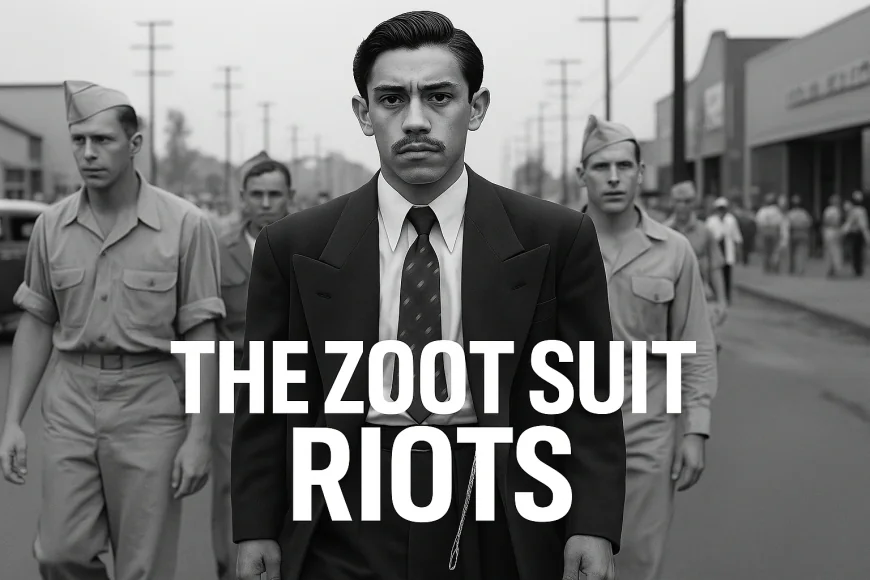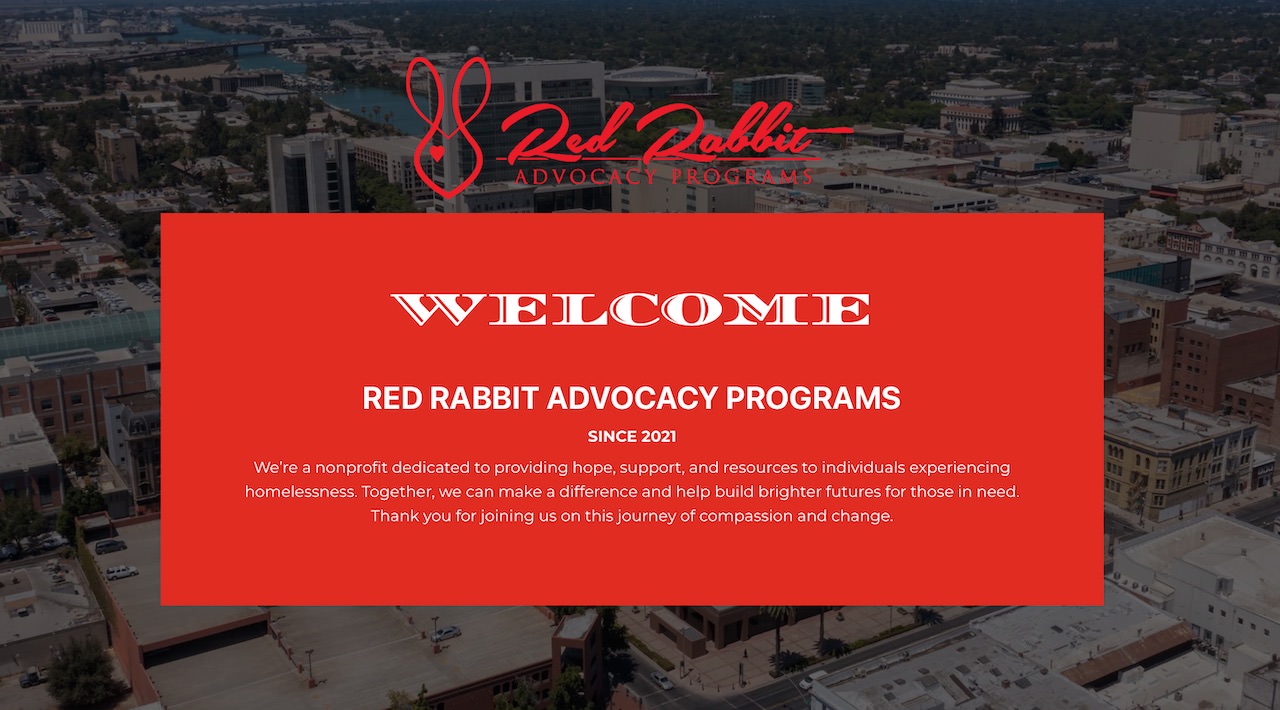The Zoot Suit Riots
In 1943, Los Angeles exploded as servicemen hunted down Latino youth for wearing zoot suits. Behind the fabric was a fight against racism, media hysteria, and identity criminalization. Here’s what really happened—and why it still echoes today.

🎩 The Zoot Suit Riots: When Fashion Became a Flashpoint
In June 1943, Los Angeles didn’t just boil over—it exploded. For six days, mobs of U.S. servicemen, off-duty cops, and white civilians roamed the streets, hunting down young Mexican Americans in flamboyant zoot suits. They beat them, stripped them, humiliated them. And the city cheered.
This wasn’t about fashion. It was about fear, racism, and a system that punished identity while pretending to protect order.
🧵 What Was a Zoot Suit?
The zoot suit was loud. It was unapologetic. It was resistance stitched into fabric.
-
Long drape jackets with padded shoulders
-
Balloon-legged trousers, often pegged at the ankle
-
Porkpie hats, watch chains, and swagger to match
Born in Harlem’s jazz scene, the zoot suit spread to Black, Filipino, and Mexican American youth—especially in L.A., where young Chicanos called themselves pachucos. It was more than style. It was a statement: “We exist. We matter. We’re not blending in.”
But to white America, it was a threat.
🧨 The Powder Keg: Sleepy Lagoon & Wartime Tension
The riots didn’t come out of nowhere. They were the climax of a slow burn.
-
In 1942, a young Mexican American named José Díaz was found dead near a reservoir nicknamed Sleepy Lagoon.
-
Police arrested 17 Latino youths—members of the 38th Street Gang—despite flimsy evidence.
-
The trial was a circus. Defendants were forced to wear zoot suits in court to look “dangerous.”
-
All were convicted. The verdicts were later overturned, but the damage was done.
Local media painted zoot suiters as violent delinquents. Politicians warned of a “Mexican crime wave.” And white servicemen stationed in L.A. saw the suits as unpatriotic—especially during wartime rationing.
🔥 June 3–8, 1943: The Riots Erupt
It started with a rumor: a sailor had been attacked by zoot suiters. No proof. No arrests. Just rage.
-
On June 3, about 50 sailors armed with clubs and pipes marched through downtown L.A., attacking anyone in a zoot suit.
-
They beat young men in cafés, theaters, and on streetcars.
-
Police stood by—or arrested the victims.
-
Taxi drivers offered free rides to servicemen heading to riot zones.
-
Civilians joined in. The mob grew into the thousands.
Victims were stripped, bloodied, and left half-naked in the streets. Some were urinated on. Others had their suits burned in bonfires.
And it wasn’t just Mexican Americans. Black and Filipino youth were attacked too—whether they wore zoot suits or not.
🧤 The Police Response: Protect the Perpetrators
LAPD didn’t stop the violence. They enabled it.
-
Officers arrested over 600 Mexican Americans—most of them victims.
-
Only a handful of servicemen were detained.
-
Some youths begged to be jailed for protection.
The media framed the riots as a heroic crackdown on crime. Headlines praised the “cleansing” of the city. The Los Angeles Times even ran a guide on how to “de-zoot” someone.
🧠 The Real Motive: Racism in Uniform
Let’s be clear: this wasn’t about patriotism or public safety. It was about power.
-
Zoot suits used extra fabric during wartime rationing—but so did wedding dresses and military parades.
-
Mexican Americans were overrepresented in the armed forces—yet still seen as outsiders.
-
The riots were a backlash against youth who dared to be visible, proud, and different.
This was state-sanctioned chaos. A fashion became a felony. Identity became a crime.
📉 Aftermath: Bans, Backlash, and Silence
The riots ended on June 8, when military brass finally barred servicemen from leaving their barracks.
-
On June 9, the L.A. City Council banned zoot suits in public.
-
Governor Earl Warren launched a citizens’ committee to investigate.
-
The committee blamed racism and media bias.
-
Mayor Fletcher Bowron disagreed—he blamed “juvenile delinquents.”
No one died. But the trauma lingered. And similar attacks happened in cities like Chicago, Detroit, and Philadelphia.
🎭 Legacy: From Shame to Symbol
For decades, the Zoot Suit Riots were buried in textbooks and ignored in classrooms. But the pachucos didn’t disappear—they became icons.
-
Luis Valdez’s play Zoot Suit brought the story to Broadway.
-
Chicano activists reclaimed the suit as a symbol of resistance.
-
In 2023, the L.A. City Council finally issued a formal apology—80 years late.
The riots weren’t just a moment. They were a mirror. They showed how quickly patriotism can become prejudice, and how fashion can become a flashpoint for fear.
📣 Final Thought
The Zoot Suit Riots weren’t about suits. They were about scapegoats.
Young men were punished for being visible. For being proud. For refusing to shrink.
And the system didn’t just let it happen—it cheered.
So next time someone says “dress appropriately,” ask: Appropriate for whom? And at whose expense?
USAYE: Where truth gets loud. Where history gets unzipped.
🔗 Fact-Check Sources
| Claim | Source |
|---|---|
| The Zoot Suit Riots occurred in Los Angeles from June 3–8, 1943 | Encyclopedia Britannica |
| Zoot suits were seen as unpatriotic due to wartime fabric rationing | History.com |
| The riots were fueled by racial tensions and media bias | ThoughtCo |
| Police arrested over 600 Mexican American youths, mostly victims | Wikipedia |
| The riots were linked to the Sleepy Lagoon murder trial of 1942 | Encyclopedia Britannica |
| The L.A. City Council banned zoot suits after the riots | History.com |
| The riots inspired future Chicano activism and cultural pride | Wikipedia |
What's Your Reaction?
 Like
0
Like
0
 Dislike
0
Dislike
0
 Love
0
Love
0
 Funny
0
Funny
0
 Angry
0
Angry
0
 Sad
0
Sad
0
 Wow
0
Wow
0

































